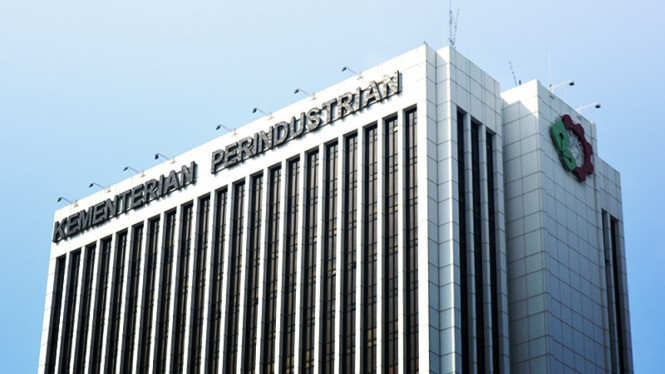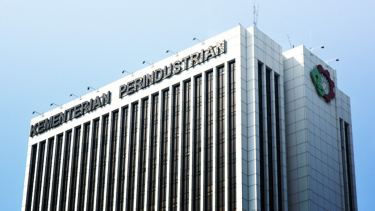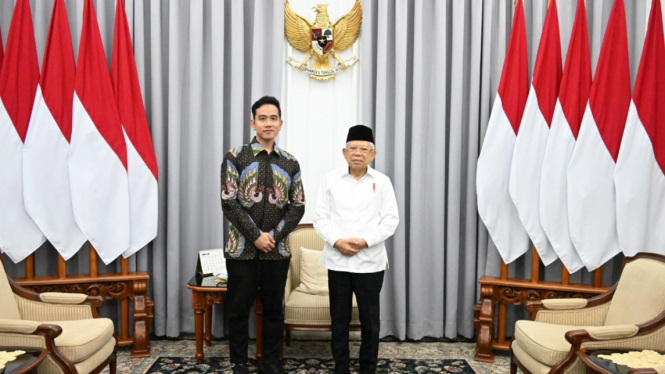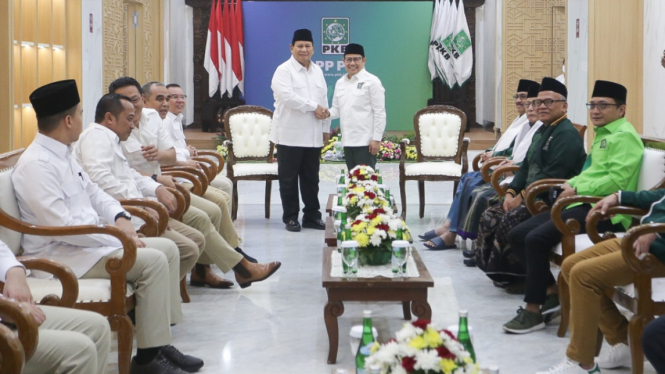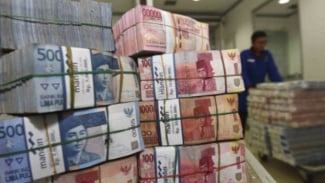The Ministry of Industry Simplifies TKDN Calculation for Small Industries
- vivanews/Andry Daud
VIVA – The Ministry of Industry (Kemenperin) tries to simplify the process of obtaining Domestic Component Level (TKDN) certificates for small industries (IK). It is a breakthrough to speed up, simplify, and increase TKDN certificates to increase the use of domestic products through government spending, State-Owned Enterprises (BUMN), and Regional-Owned Enterprises (BUMD).
Ministry of Industry Spokesperson, Febri Hendri Antoni Arif, said that through this breakthrough, the certificate processing for IK can be done in just two steps. First, application for TKDN IK certification and data entry through the National Industrial Information System (SIINas). Second, Small Industry TKDN verification.
"With this breakthrough, Small Industries can get TKDN IK Certificates more easily, quickly and at no cost, even the process can be done in a maximum of only five days," Febri Hendri Antoni Arif in Jakarta, on Thursday, November 24, 2022.
Currently, the process of harmonizing, rounding, and stabilizing the conception of the Draft Regulation of the Minister of Industry concerning Provisions and Procedures for Calculating the Value of the Domestic Component Level for Small Industries has been completed.
The spokesperson for Ministry of Industry, Febri Hendri Antoni Arif.
- Website/Kemenperin.go.id
Febri Hendri explained that the draft Regulation of the Minister of Industry has several main substances of the regulation.
First, the calculation of TKDN IK value is based on the accumulation of domestic components that represent the production factors incurred, excluding profits, company overhead, and output tax to produce one unit of product.
The domestic components include direct materials with a composition of 24% of the TKDN IK value, direct labor (10%), indirect factory costs (company overhead) with a composition of 4%, and costs for development (2% of the TKDN IK value).
Second, IK companies conduct their calculation of TKDN value for each type with product specifications. However, the calculation cannot be done for activities that only include packing and/or packaging.
Then, IK companies that have conducted their calculations apply for the issuance of Certificates to the Minister of Industry electronically through the National Industrial Information System (SIINas) by filling in the data and completing the required documents.
"The process of issuing TKDN IK certificates is carried out within a maximum period of five working days since the application is received completely and correctly," Febri stated.
This simplification process is a step to support the mandate of Law No. 11/2020 on Job Creation, namely that the Central Government and Regional Governments are required to allocate at least 40% of their budgets for MSE products, as well as Cooperatives.
The easier issuance of TKDN IK certification will also contribute to economic growth in the regions. The implementation of this policy requires support from the regions to socialize this step as well as provide a statement that the industries that obtain this facility are truly Small Industries.
In addition to simplifying the process of obtaining TKDN IK certificates, the Ministry of Industry is increasing the number of assessors and institutions verifying the amount of TKDN value and the Weight of Company Benefits (BMP). This is to facilitate the processing of TKDN certificates by involving more parties close to the industrial location.
The Ministry of Industry is also strengthening domestic product supply data to provide information on products that already have TKDN certificates and products that have been produced domestically. Thus, domestic industries are prioritized to be selected first and used in the procurement of goods and services.

